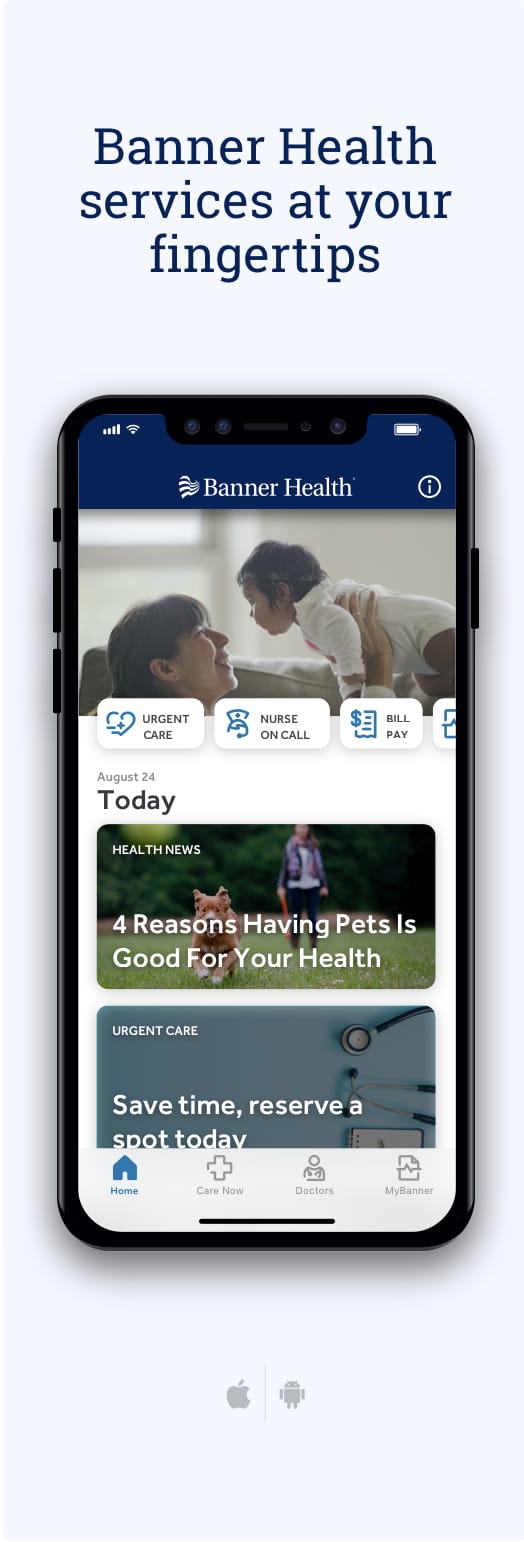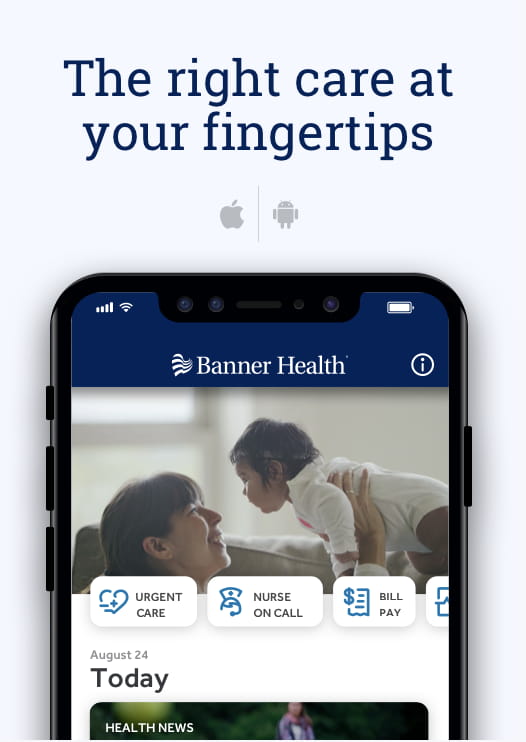It’s the night before a big business presentation, and as you stare into the mirror, you see an even bigger problem staring back at you: a zit!
Our teenage years are spent navigating the twisty, turny path from puberty into adulthood, and for many of us, it meant battling an occasional pimple or an army of them. You may have dreamed of adulthood and one day having clear skin. Now, you’re an adult and guess what? Reality sets in.
Here’s what you need to know about adult acne and how you can help prevent it.
What causes adult acne?
“Acne is a multifactorial disorder of the skin, which is just a fancy way of saying there are a variety of factors that contribute to it,” said Delaney Stratton, a nurse practitioner at the Banner – University Medicine Dermatology Clinic. “You may think it’s just something in your teenage years, but it can continue well into your 30s, 40s and even 50s.”
As depressing as that news may be, most often adult acne is just out of our control. It is often the result of several factors, which include:
- Fluctuations of hormones: If you are a woman, you could experience more adult acne than men. Although Stratton said further research is needed, your period, perimenopause or menopause could wreak havoc on your skin.
- Stress: When we are stressed, our body produces the stress hormone cortisol. This can produce a myriad of skin issues, including acne and other skin diseases.
- Using the wrong hair or face care products: If you are suffering from breakouts, make sure the products you are using are non-comedogenic or water-based, Stratton said.
- Genetics: Some research studies suggest there is a genetic predisposition to acne.
What are your treatment options?
There is no one-size-fits-most approach, so you should definitely see a dermatologist to be evaluated first. Often a dermatologist will use one or more treatments to help with the acne.
“Depending on your skin presentation, you may be prescribed a retinoid, a medicated face wash, an antibiotic or Spironolactone, which helps with women’s hormones,” Stratton said. “But these medications have the potential to dry your skin or make you sun-sensitive, so make sure you are using a good SPF moisturizer and sunscreen.”
There are also several high-tech solutions, such as light therapy or lasers, but those can be more costly.
How can I best prevent it in the future?
“The most important thing you can do to prevent acne is to stick to your treatment regimen,” Stratton said. “If you start to use antibiotics or retinoid, give it time. We are treating the acne that will occur within the next 6-8 weeks, rather than the acne that is present today.”
As far as daily skin care, make sure you still cleanse your face every day with a gentle cleanser that won’t strip your skin. Check with your dermatologist if you are already using other products, but salicylic acid is also useful in fighting acne.
If you are concerned about your acne and don’t feel like you have it under control, schedule an appointment with one of our experienced dermatological specialists at bannerhealth.com.


